The Ancient Tea-Horse Road locally known as Chamagudao is a network of meandering caravan paths through the mountains of Yunnan, Guizhou and Sichuan in Southwest China. It is also known as Southern Silk Road. The 2250 kilometer long trail begins with the Sichuan Province of China and stretches to Lhasa, the capital city of Tibet. It is an enriched tourism route which offers one of the most fascinating landscapes along with endless cultural heritages.
Origin and History of China’s Ancient Tea-Horse Road
The Road used to be an important trade link between Yunnan which is one of the pioneering tea producing areas to Bengal through Burma and to Central Asia and Tibet via Sichuan. Apart from tea salt was also carried through mule caravans. Both horse-carriages and people were utilized to transport heavy loads. Tea porters were often found on this road carrying loads heavier than their own body weight (for example 70-80 kgs) on their back.
It is through this road that tea entered Asia for the first time and then gradually spread over. Moreover a considerable amount of local items and handicrafts used to be transported to China via this ancient road. Actually the relationship between Tibet and China was largely promoted through the development of this significant road. In fact it was named Tea-Horse Road due to the trade practice of Tibetan ponies in exchange of Chinese tea. Thus it has got enough significance in the socio-economic history of China.
Development of China’s Ancient Tea Horse Road
The growth of the tea-horse business augmented the economy and the culture of the surrounding region which helped the gradual development of the Tea Horse Road as a consequence. However in early years it used to be a risky route fraught with dangers and transportation through it was quite difficult and hazardous. There were only narrow zigzagging ways through the precipitous mountains. Moreover there were also speedy rivers along the route.
Therefore only pack horses could be considered as the suitable means of transportation under this condition. The road was thus initially created with the continuous trampling of the horses with the hooves. At subsequent stages the road was slowly improved by the efforts of the traders associated with the tea-horse business as well as the inhabitants of the neighboring villages. And the places where the traders would stop at the middle of their journey gradually developed into growing towns. Lijiang is a very good example of such a town which has now become a modern town at present.
Two Ancient Tea Horse Road Routes to Tibet
The road is actually bifurcated into two separate roads as mentioned below
1. Sichuan –Tibet Tea Horse Road
This part of the Tea Horse Road starts from Yaan in Sichuan and goes to Lhasa via Kangding, Luding and Chamdo in Tibet. It further extends to India, Nepal and Burma. It got officially recognized during the Ming Dynasty which reigned between 1368 and 1644 and this resulted in the flourish of various cities and towns along the road along with enhanced commercial activities.
2. Yunnan–Tibet Tea Horse Road
This portion initiates from Simao, an important tea producing place, and extends to Lhasa covering Dali, Shangri and Lijiang on its way. It also stretches to Burma, Nepal and India. This was a significant trade route between Yunnan and South Asia. It was mainly developed during the Tang Dynasty.
Highlights of Sichuan-Tibet Tea Horse Road Tour
The Sichuan-Tibet Tea Horse Road Tour is truly one of the most exciting travel experiences with dangerous yet highly fascinating road route. You can enjoy great mountain passes, beautiful mountain peaks and mysterious chasms along the way. You can also visit local villages, monasteries, temples and feel the culture of the place.
Tagong Monastery
Tagong is a nice small town falling on the north of the Sichuan highway. The place is mainly known for its Tagong Monastery, a highly revered monastery for the Tibetans. Here you can enjoy a special kind of tea made with yak butter as you will find a good number of yaks grazing in the grassland.
Leshan Giant Budhha
Situated in the southern Sichuan this is a 200 feet tall figure curved out of a lofty cliff during the Tang Dynasty. It is the largest pre-modern Buddha statue in the world and attracts countless tourists from all over the world.
Giant Panda Sanctuaries
Here you get a precious opportunity to witness the pandas playing joyously in their natural habitation. It is an enormous wildlife haven with as many as nine parks and seven nature reserves. More than 30% of global panda population lives in this sanctuary. It is also home to the some rare and endangered species such as snow leopard, clouded leopard and red pandas. Thus the place not only offers a great visual treat to the tourists but also serves a noble mission of preserving the precious lives that are in danger of extinction.
Jiuzhaigou National Park
Spreading over a land of around 180000 acres, this giant nature park has become a World Heritage Site. It comprises three beautiful valleys resembling the letter “Y” in shape. They are named Zechawa, Rize and Shuzheng valleys and can be by shuttle buses. Notable things in the area include colorful lakes, snow-capped mountains and attractive waterfalls.
Yading Nature Reserve
If you have an adventurous mind along with a fit physically fit body you can try out climbing the three mountains of this region namely Chana Dorje, Chenresig and Jampelyang. According to the Tibetan Buddhism the mountains represent wisdom, power and compassion. And covering the trails is considered as a great devotional sign in Buddhism.
Highlights of Yunan-Tibet Tea Horse Road Tour
The Yunan-Tibet overland tour is another extremely fascinating adventure for the nature lovers. It includes a number of remarkable places with different kinds of charms of their own.
Lushi
It is a nice and well preserved village along the Tea and Horse Road. Horse caravans used to carry tea leaves produced in this place to Xiaguan where they were converted to Tuo Tea.
Weishan
This is an ancient town prominent for its architectural live museum which focuses the daily life of the ancient Chinese people. The Dengjue temple is also worth visiting with its twin ivory-white pagodas. It could be a nice choice for those who want to stay away from crowded options like Lijiang and Dali.
Donglianhua
Situated between Xiaguan and Weishan, Donglianhua is a place where the tea-horse trade assumes its multi-ethnic characteristics. It is also called “village of the caravan leaders.” The place is worth visiting for its Tea and Horse Museum.
Xizhou
Xizhou is well known for its Bai architecture displayed on the vast courtyards. These courtyards housed several local families involved in the tea-horse trade. Besides tea Xizhou was involved in many other trades such as silk, satin, leather, silver, gold as well as medicinal herbs. And the courtyards that still exist today bear the legacies of those ancient trades. One such courtyard has also been transformed into a nice boutique hotel called Linder Center which is also worth giving a visit.
Lijiang
This ancient town is listed in the UNESCO heritage site and a highly popular tourist destination. However development of mass-tourism activities around the place is considered to be a factor in spoiling the ancient laid-back ambiance of the place with it used to be associated in earlier days.
Zhongdian
This is another ancient town much of which has recently been destroyed in a fire in 2013. But the main attraction of the town, Songzanlin Monastery, still survives. In early years prominent monasteries would function as logistic centers and warehouses for tea as well as other items which were traded on the Tea-Horse Road. Thus they were not sheer monasteries but had more important roles to play apart from performing religious activities.
Moreover the lamas of these monasteries was directly associated with the business of trading. Actually the monasteries themselves required considerable amount of tea as it was offered to Buddha statue four times a day. In addition to that monasteries also offered tea to their monks regularly after the meditation ceremony.
Explore Ancient Tea Horse Road on a China Tibet Tour
Exploring the Ancient Tea Horse Road can indeed be a highly fascinating experience altogether. The journey takes you through diverse natural beauties including stunning mountains and landscapes. The surrounding places along the road have got a rich cultural heritage as well. Moreover the legends left over by caravans and porters turn this ancient road even more mysterious.
The resonance of the bygone days can be felt still today in the villages and valleys of the Ancient Tea Horse Road. All the towns and villages on and around the road are closely associated or benefited directly or indirectly by the Tea Horse Road. Moreover with boom of domestic and foreign tourism particularly during 1990s many of these towns and villages have become significant places of interest for tourists whereas several of them have remained out of the limelight.
>> Join-in the Most Classic Tibet Overland Tours to Explore the Ancient Tea-Horse Road
.jpg)




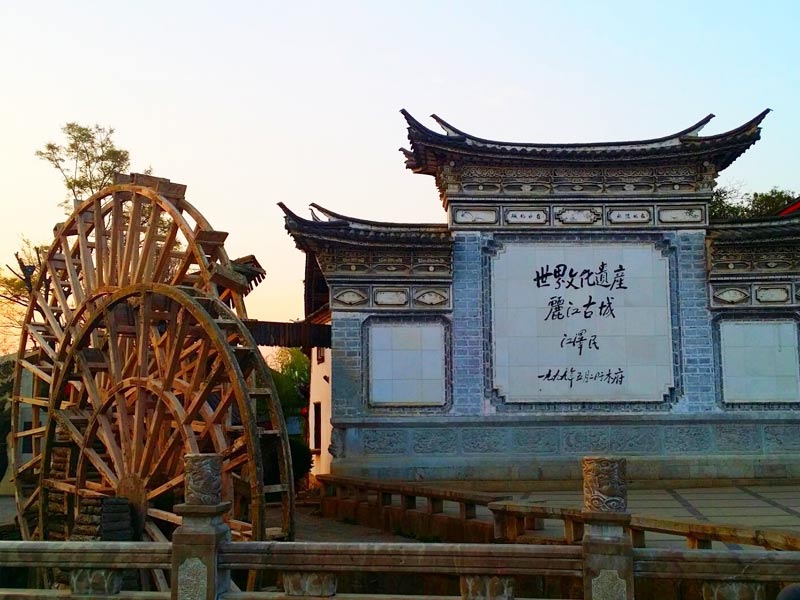
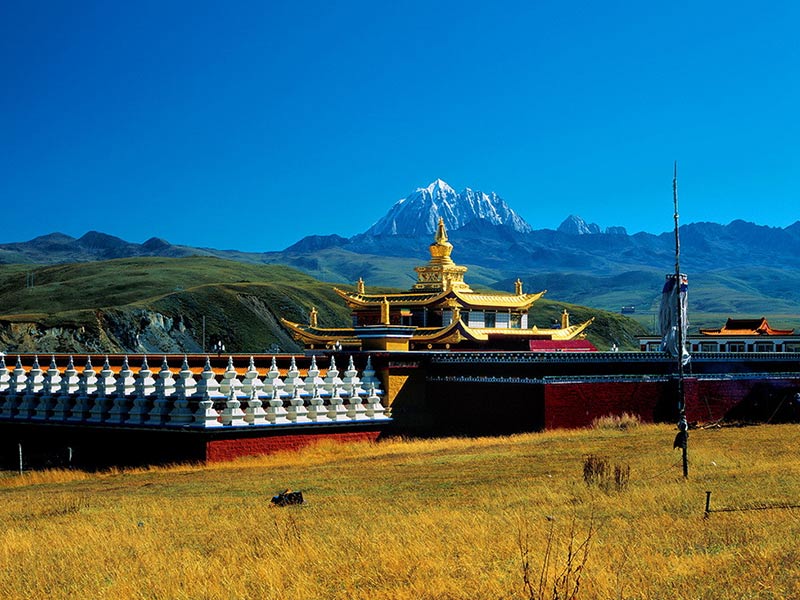
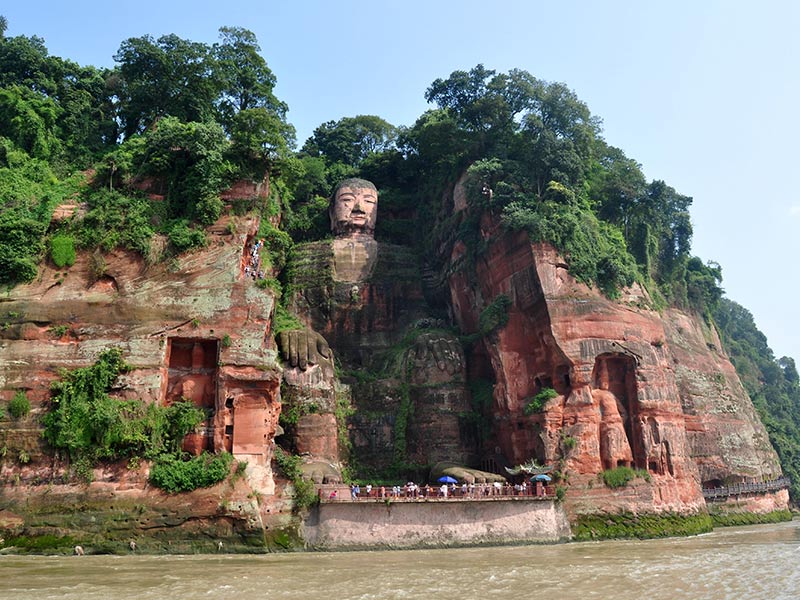
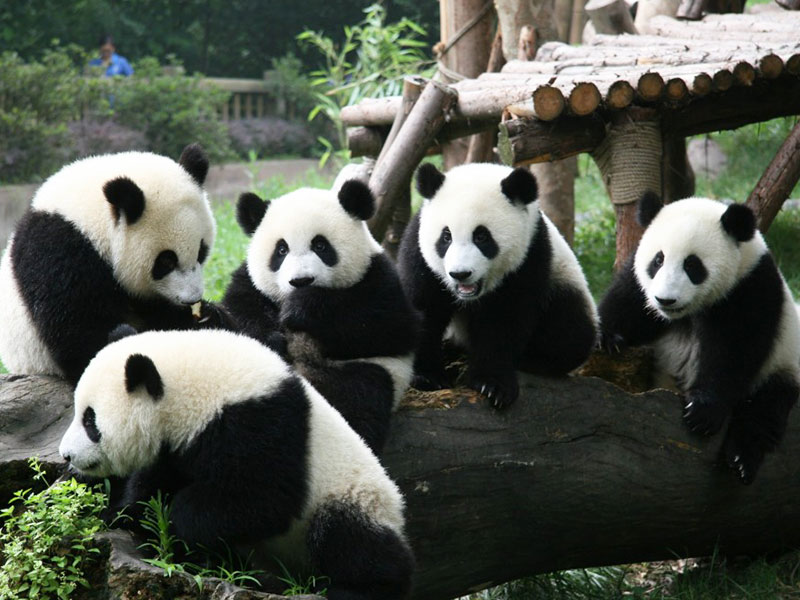

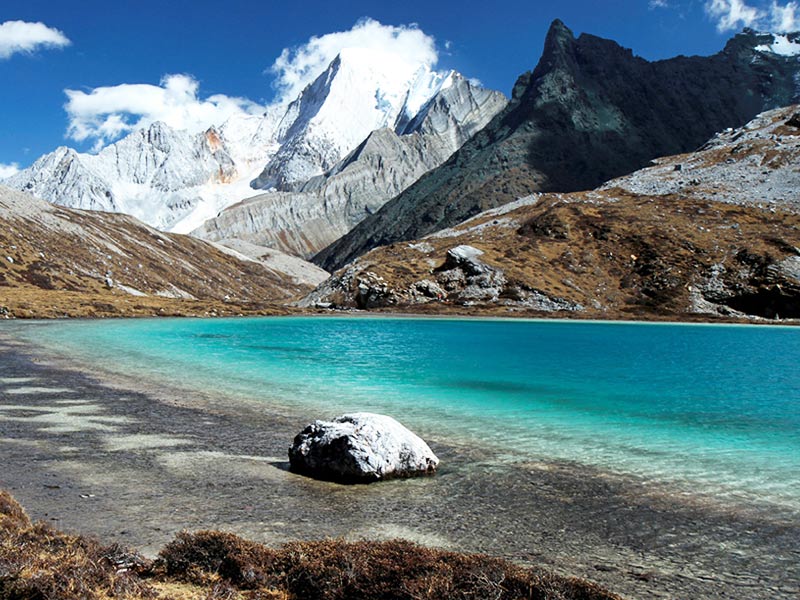
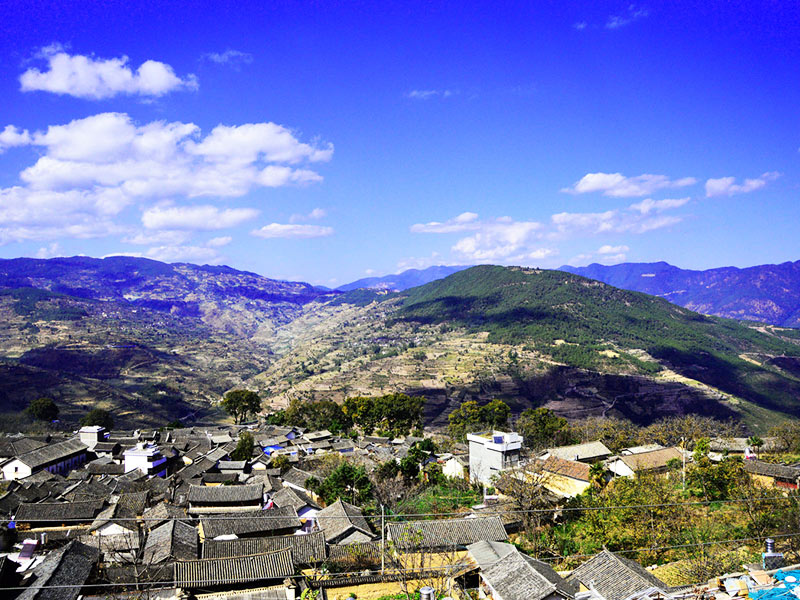
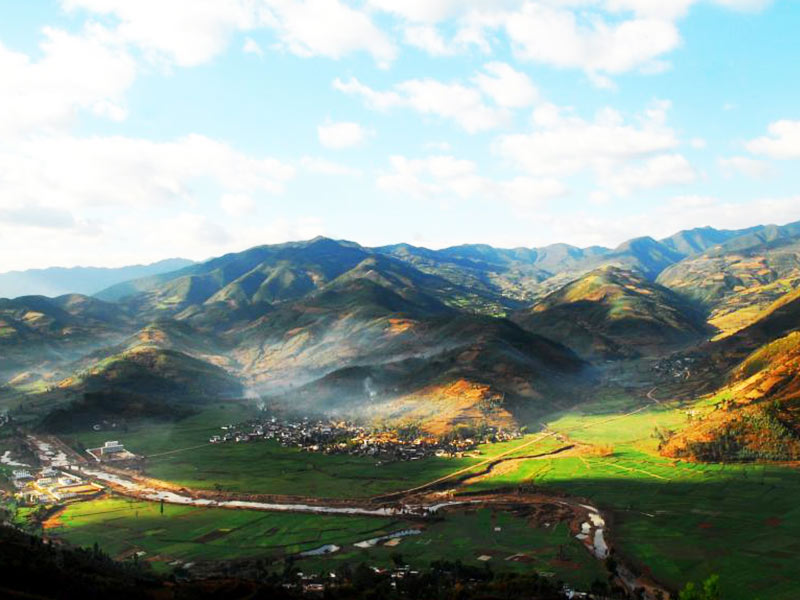








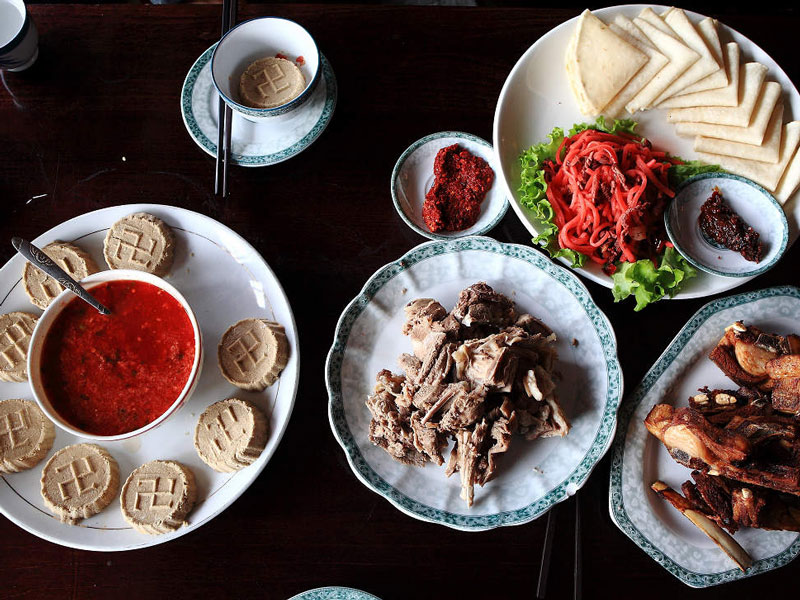
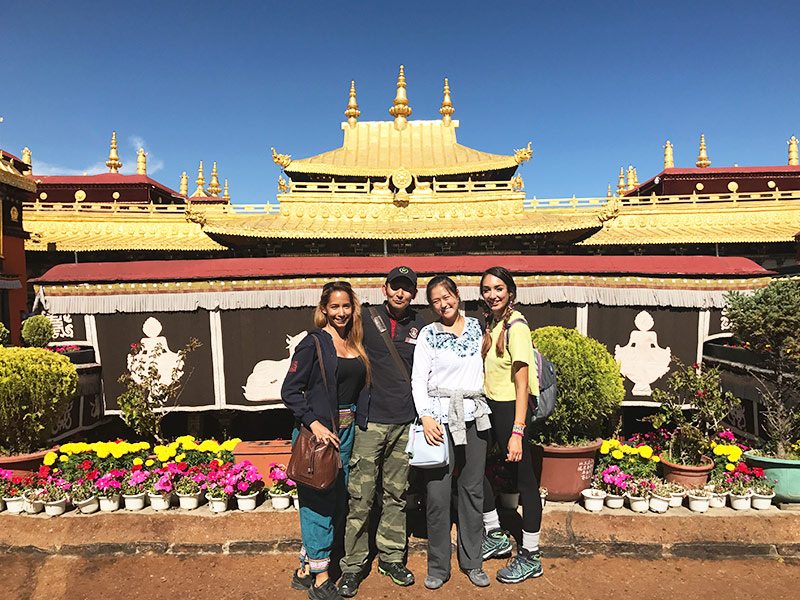
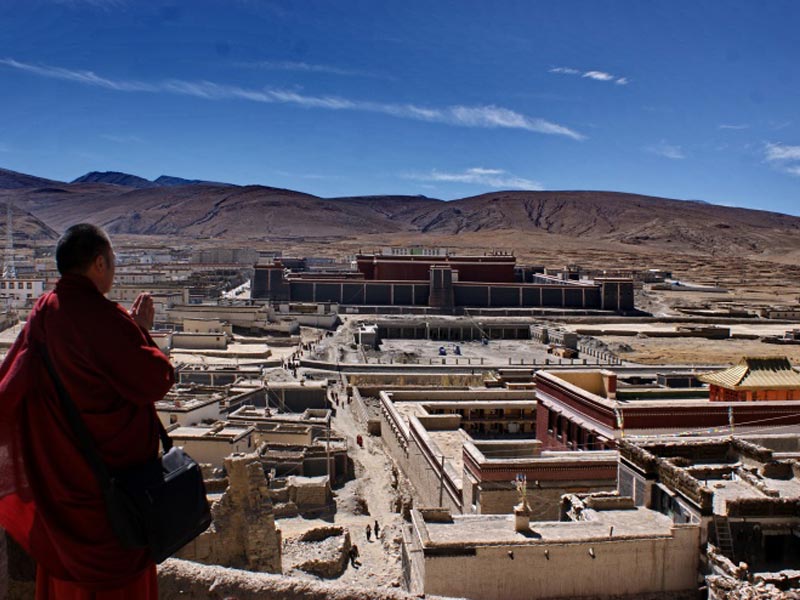

0 Comment ON "Tracing China’s Ancient Tea-Horse Road to Tibet"